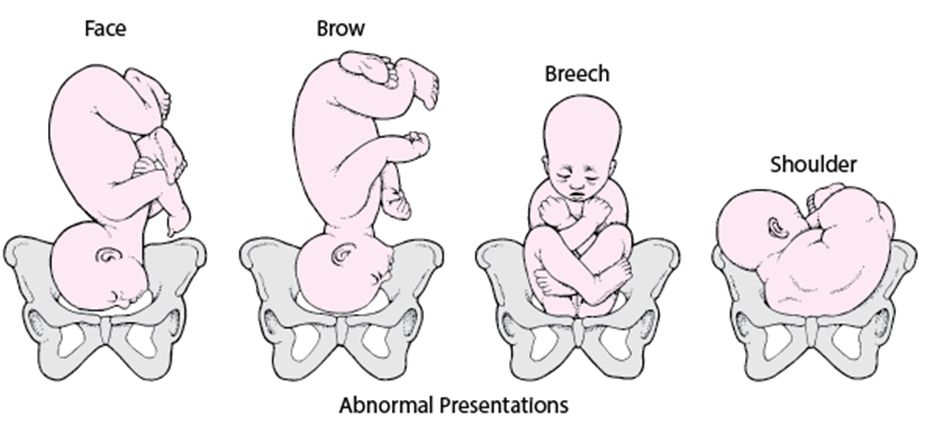A nurse is assessing a client who gave birth vaginally 12 hr ago and palpates her uterus to the right above the umbilicus. Which of the following Interventions should the nurse perform?
Reassess the client in 2 hr.
Administer simethicone.
Assist the client to empty her bladder.
Instruct the client to lie on her right side.
The Correct Answer is C
Choice A Reason:
Reassess the client in 2 hours is inappropriate. While reassessment is important, addressing the cause of uterine displacement, in this case, a full bladder, should be the initial priority.
Choice B Reason:
Administering simethicone is inappropriate. Simethicone is typically used to relieve gas and bloating. It is not the primary intervention for uterine displacement related to bladder fullness.
Choice C Reason:
Assisting the client to empty her bladder is appropriate. A full bladder can displace the uterus and hinder its contraction, leading to potential issues such as uterine atony or increased postpartum bleeding. Emptying the bladder helps the uterus contract more effectively.
Choice D Reason:
Instructing the client to lie on her right side is inappropriate. Lying on the right side is often recommended to improve blood flow and oxygenation to the fetus during pregnancy but may not directly address uterine displacement caused by a full bladder. The priority is to assist the client in emptying her bladder.
Nursing Test Bank
Naxlex Comprehensive Predictor Exams
Related Questions
Correct Answer is D
Explanation
The correct answer is D. Prolonged labor
A. Umbilical cord prolapse is more commonly associated with breech presentations or other abnormal fetal positions. It is not a typical complication of occipital brow presentation.
B. Precipitous labor refers to an unusually rapid labor, and it is not a typical complication associated with occipital brow presentation. Prolonged labor is more likely.
C. Hypertonic uterine dysfunction involves excessive uterine contractions, and it is not specifically associated with occipital brow presentation. It is more commonly associated with other factors, such as maternal anxiety or use of oxytocin.
D. Prolonged labor is a complication that can be associated with occipital brow presentation.
Occipital brow presentation involves the fetal head being partially extended, and it can lead to difficulties in descending through the birth canal. This may result in a prolonged labor process.

Correct Answer is B
Explanation
Choice A Reason:
"You should replace the diaphragm every 5 years." This statement is inappropriate. Diaphragms typically need replacement more frequently than every 5 years. The lifespan of a diaphragm is usually shorter, and it may need to be replaced every 1 to 2 years, depending on the material and condition.
Choice B Reason:
"You should leave the diaphragm in place for at least 6 hours after intercourse." This statement is appropriate. Leaving the diaphragm in place for at least 6 hours after intercourse helps ensure its effectiveness in preventing pregnancy. Removing it too soon may increase the risk of sperm reaching the cervix.
Choice C Reason:
"You should use an oil-based product as a lubricant when inserting the diaphragm. "This statement is inappropriate. Oil-based lubricants can damage latex diaphragms. Water-based or silicone-based lubricants are recommended instead.
Choice D Reason:
"You should insert the diaphragm when your bladder is full." This statement is inappropriate. There is no specific need to insert the diaphragm when the bladder is full. However, emptying the bladder before insertion may make the process more comfortable for the client.
Whether you are a student looking to ace your exams or a practicing nurse seeking to enhance your expertise , our nursing education contents will empower you with the confidence and competence to make a difference in the lives of patients and become a respected leader in the healthcare field.
Visit Naxlex, invest in your future and unlock endless possibilities with our unparalleled nursing education contents today
Report Wrong Answer on the Current Question
Do you disagree with the answer? If yes, what is your expected answer? Explain.
Kindly be descriptive with the issue you are facing.
